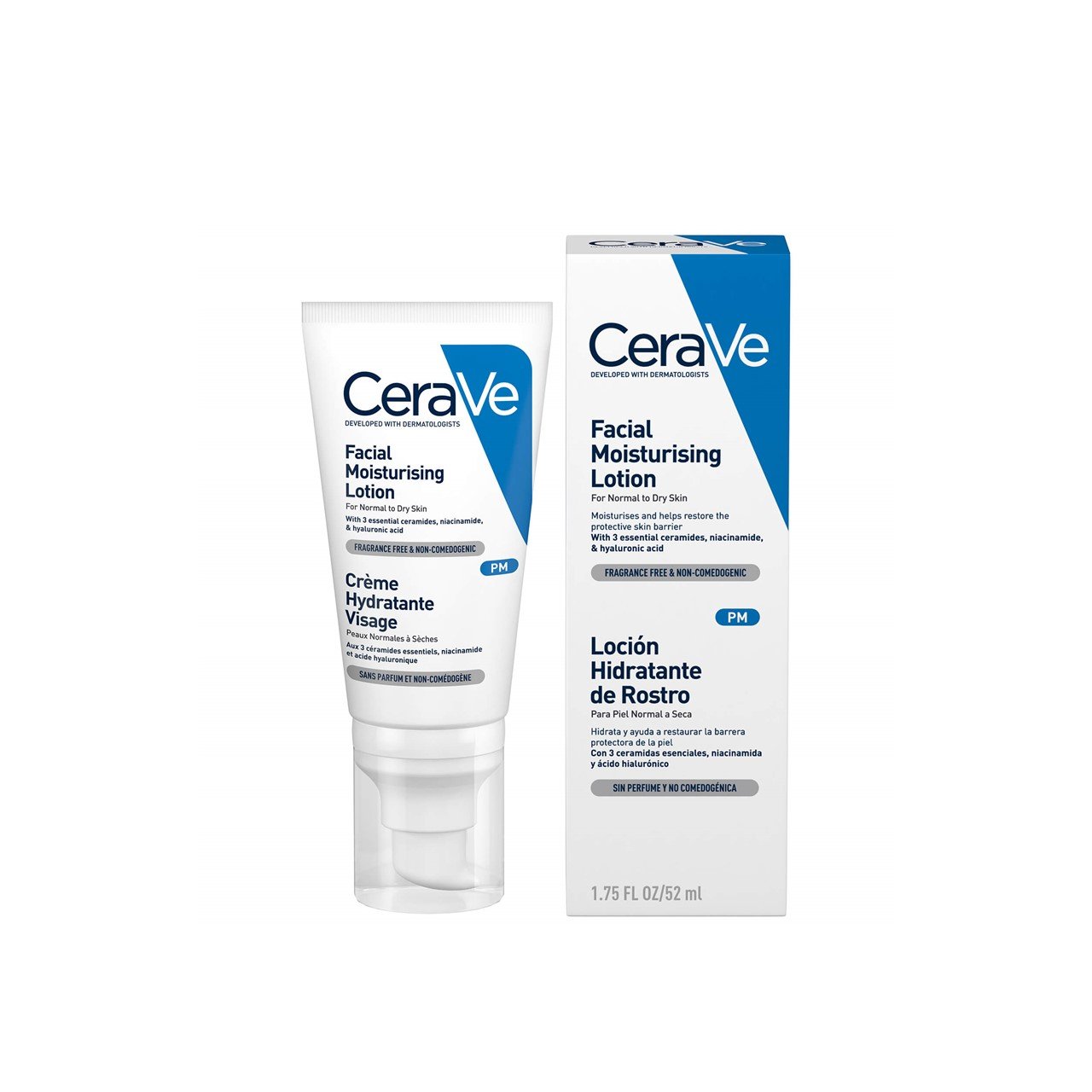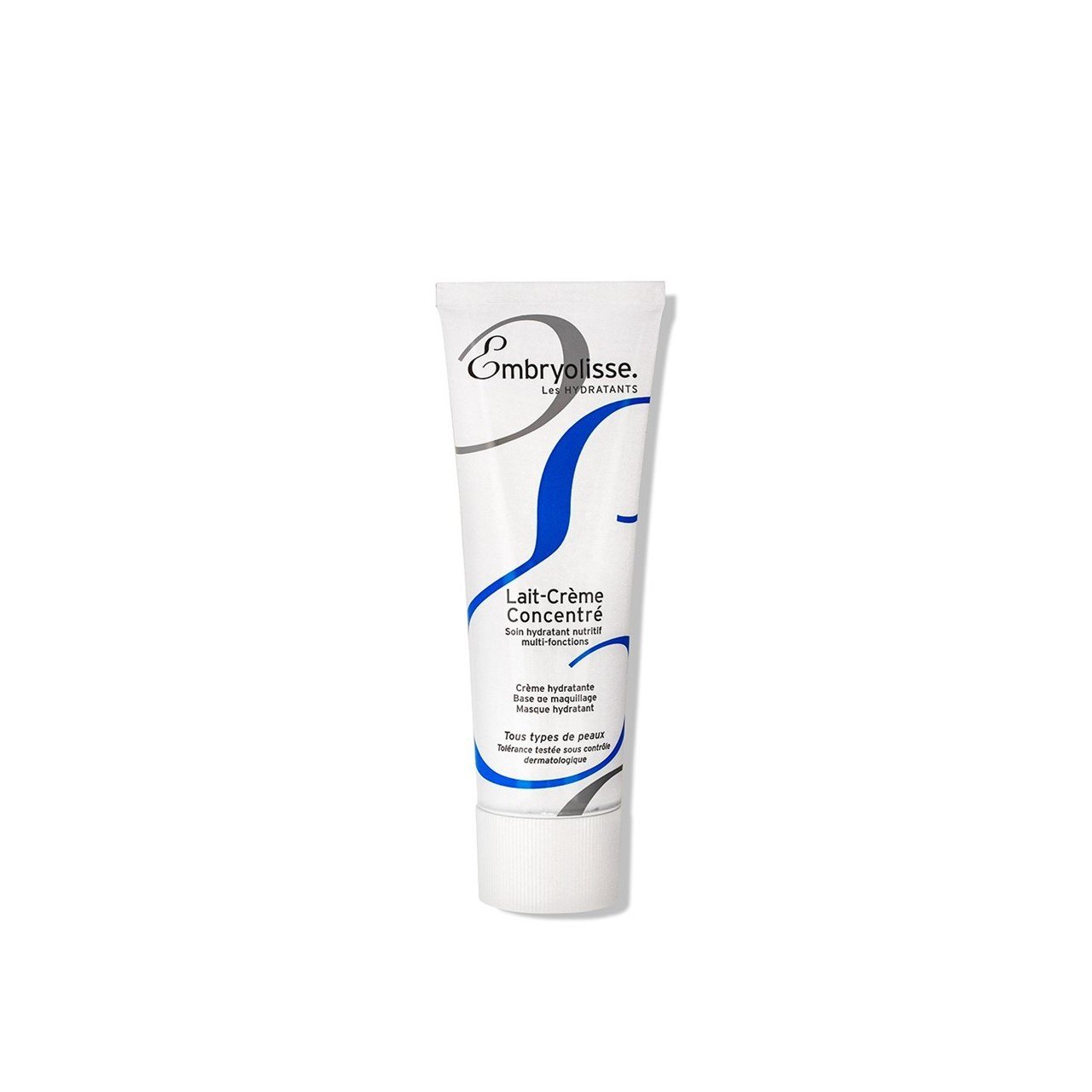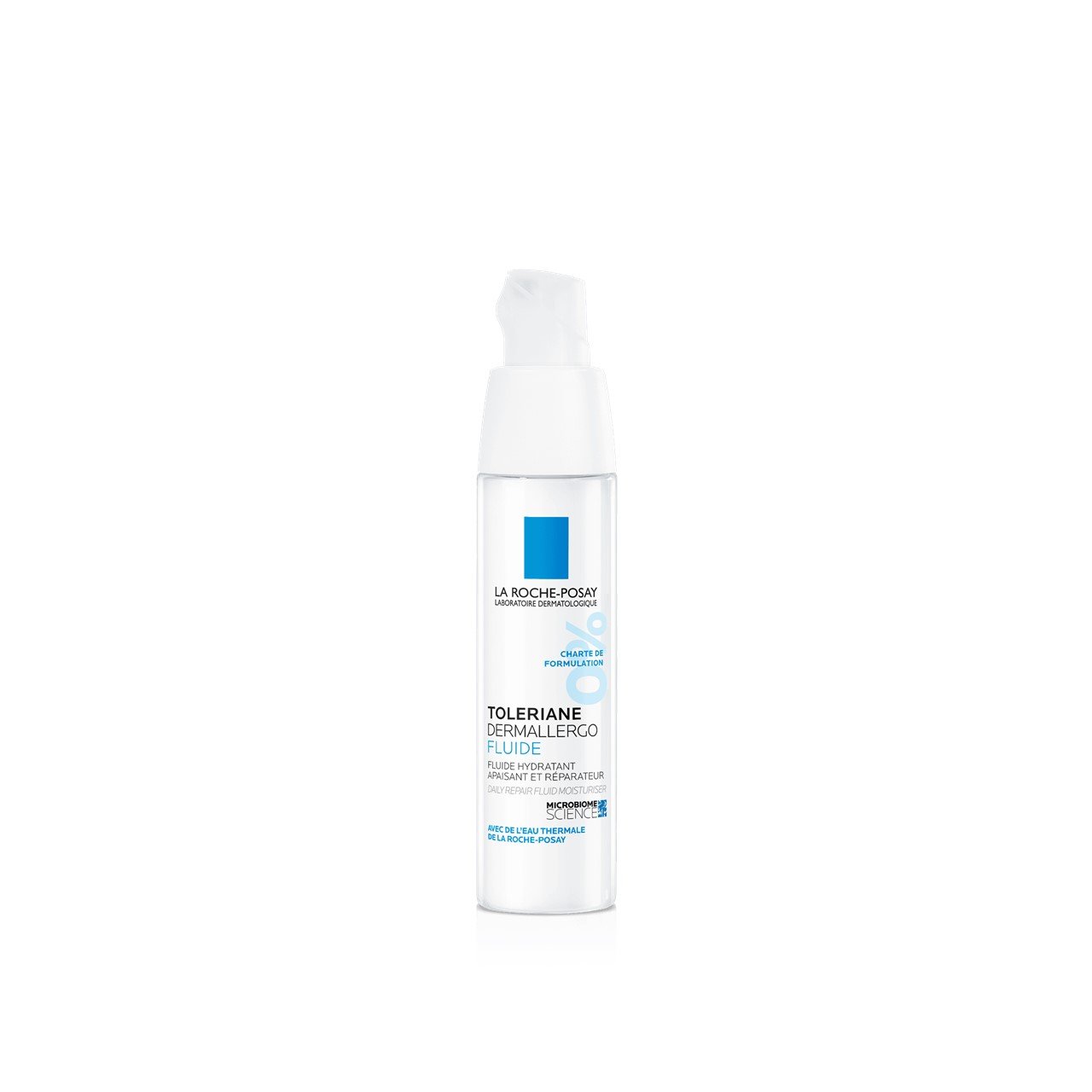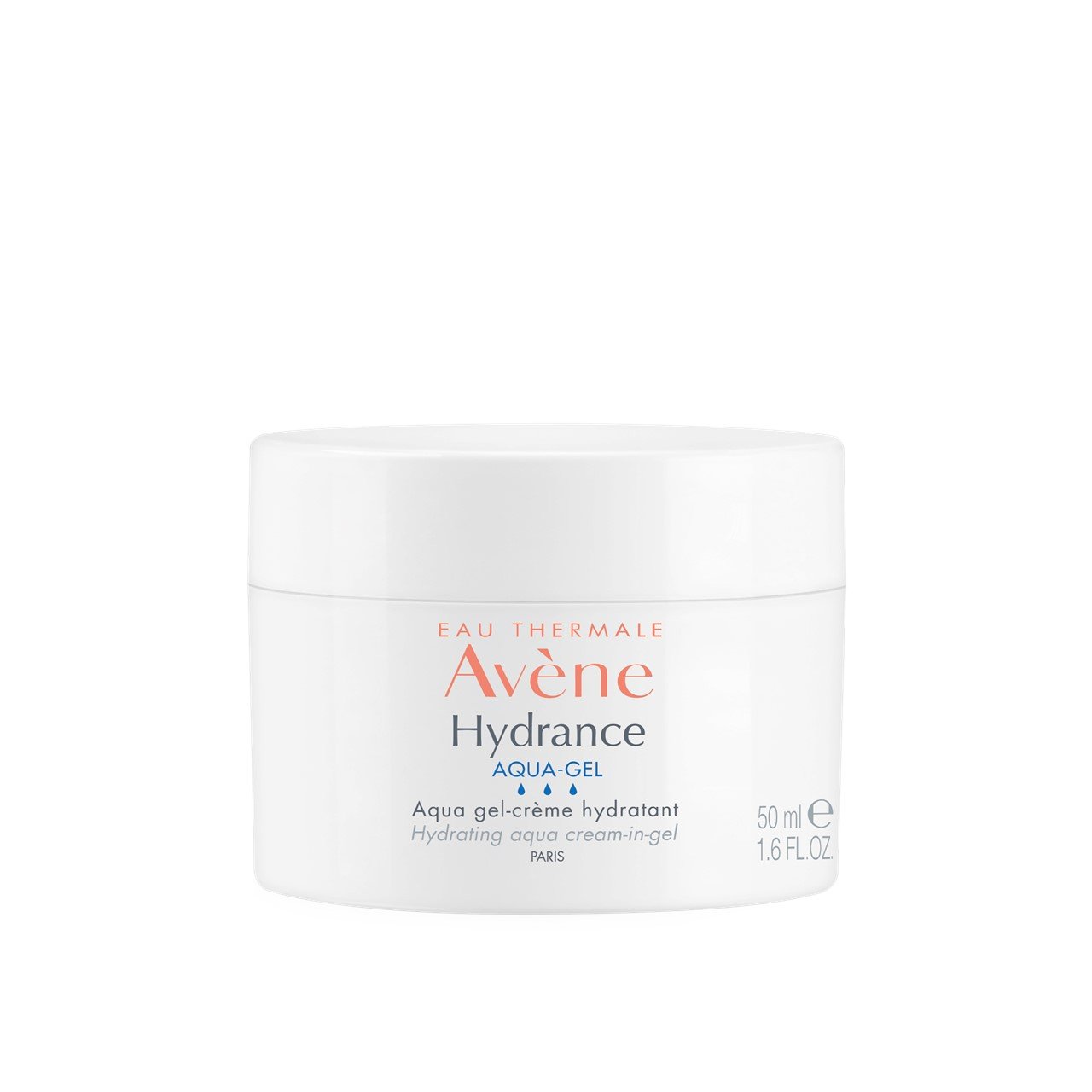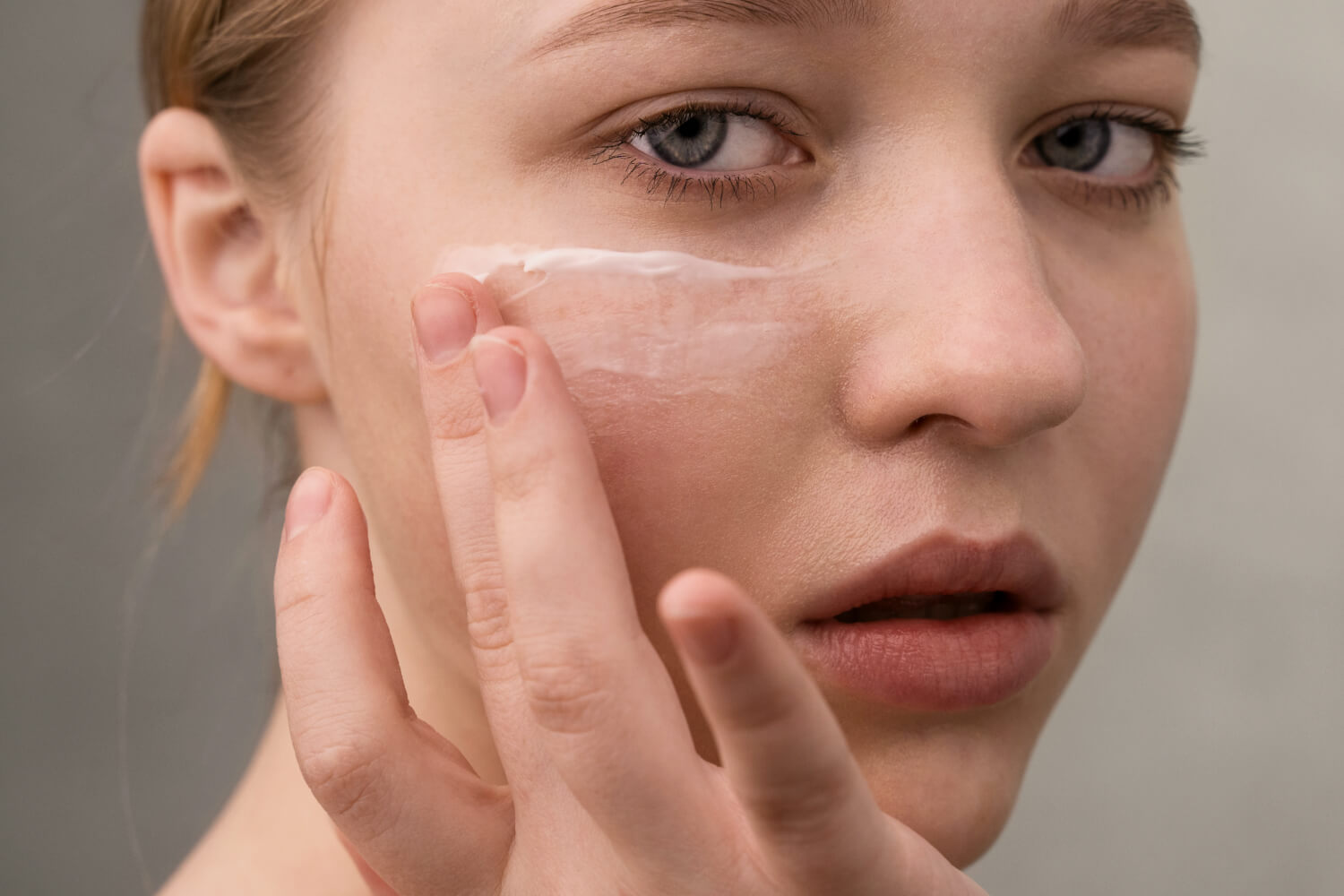
Even if you are just starting your adventure with retinol, you must have noticed something: there are plenty of recommendations for retinol products out there, but not that many tips on how, exactly, to incorporate them into your routine. It can be especially hard to learn what to use after retinol, but we’re here to help.
Let’s start with the basics.
What not to mix with retinol
Firstly, let’s address the elephant in the room: each skin is unique and every retinol formula is different from the other. Therefore, there is no way to predict what will work and what won’t. In this section, we invite you to follow our basic premise. There are no forbidden ingredients that you absolutely can’t use with retinol, but there are undoubtedly ingredients that you should be cautious with.
Let’s take the combinations of ingredients that tend to generate the most confusion, and work through them one by one:
Can you use niacinamide with retinol?
You can. In fact, this is one of the most recommended combinations. Niacinamide boosts the antiaging effects of retinol, while also helping to repair the skin.
Can you use vitamin C with retinol?
Retinol and vitamin C are a great pairing, but they should be used at different times of the day. Consequently, we advise that you use retinol in the evening and your vitamin C in the morning.
Can you use AHAs with retinol?
This one is a bit trickier. Let’s start with a fact: when we talk about AHAs, we’re talking about several different ingredients (glycolic acid, mandelic acid, lactic acid, etc), which are available in different concentrations and in different products on the market.
Glycolic acid will be the trickiest one, especially in higher strengths. However, if you’re using low-strength retinol and a 5% glycolic toner, they might just be perfect pals. Just make sure you try the combination on a little area of your skin before applying all over the face. Our recommendation is to keep the actives separate–try to use the glycolic toner in the morning, and the retinol in the evening, for example.
Can you use salicylic acid with retinol?
Usually, that’s not such a great idea. Both retinol and salicylic acid target oiliness, and if used in higher concentrations, the result can be extra dry and peeling skin. However, if you’re using milder formulas and use one in the morning and the other in the evening, it might just work.
Can you use peptides and retinol?
There are plenty of peptides out there, and they are also very different from one another. However, if you’re using retinol 2-3 times a week, peptides are usually one of the best ingredients to use on the “off” days. They target the aging process and will therefore be great for boosting the efficacy of the retinol.
What to mix with retinol: A great moisturizer
Ingredient combinations aside, there’s one thing you should always be using with retinol–especially if it’s a potent formula–, and that’s a moisturizer.
Why? Because if you’re new to using retinol, or if you’re introducing more potent formulas into your routine, you may need to mix the retinol with a cream. This is because you may need to start low and slow, because your skin is reacting. By reacting, we mean that you may be feeling a bit of discomfort, having some degree of redness, or even peeling skin. Please keep in mind that these mild reactions are normal and to be expected, but if you’re experiencing stronger symptoms such as burning, itching or overall sensitivity you need to stop the retinol and recover the damaged skin barrier.
Best moisturizers to use with retinol
So, here’s the deal: if you’re going to use a moisturizer in the same routine as retinol (namely, in the evening), you can use it in one of two ways.
You can either mix your retinol with the cream, or you can apply the cream 10-20 minutes after the retinol. The option of mixing the retinol with the cream is the ideal one for those with sensitivity, or those stepping up their retinol game with a more potent formula. As this technique dilutes down the retinol, you will experience fewer effects (both the positive and the negative ones).
If you just want to avoid getting your skin drier due to using retinol, but don’t want to compromise on efficacy, you can just use the moisturizer 20 minutes after applying the retinol product, thus ensuring it has time to be absorbed.
So, what are the ideal moisturizers to use with retinol? We recommend formulas containing ceramides, glycerin, niacinamide, and Centella asiatica. These are all popular ingredients that help the skin maintain its integrity and boost hydration levels.
Here are out top suggestions for dry skin
And here are our top suggestions for oily to combination skin:
What to mix with retinol: A great sunscreen
Oh yes, here we go again, Care to Beauty is once again telling you to use your sunscreen. It’s a classic by now, we know (and we are very proud of it).
The one product you should always ensure you’re using while applying retinol is your sunscreen. In fact, if you don’t use sunscreen, maybe you should consider not using retinol at all. It’s extremely important to ensure that the sun doesn’t damage your skin after exposure to retinol. Both retinol and sunlight have the potential to irritate your skin, and UV rays are probably the culprit of at least 50% of the damage you’re trying to undo with retinol.
So, which sunscreen should you use, you ask? Take your pick: we have sunscreen guides for common concerns, such as excess oil or dark spots and hyperpigmentation, and we’ve also put together a list of dark skin-approved sunscreens that won’t leave you dealing with the dreaded white cast.
All in all, we hope you’ve found out what to use after retinol–a good moisturizer, and a great sunscreen. Now all that’s left to do is pick your retinol; we’ve put together a list of our favorite retinol products just for you.
Pharmacy Technician & Beauty Writer


